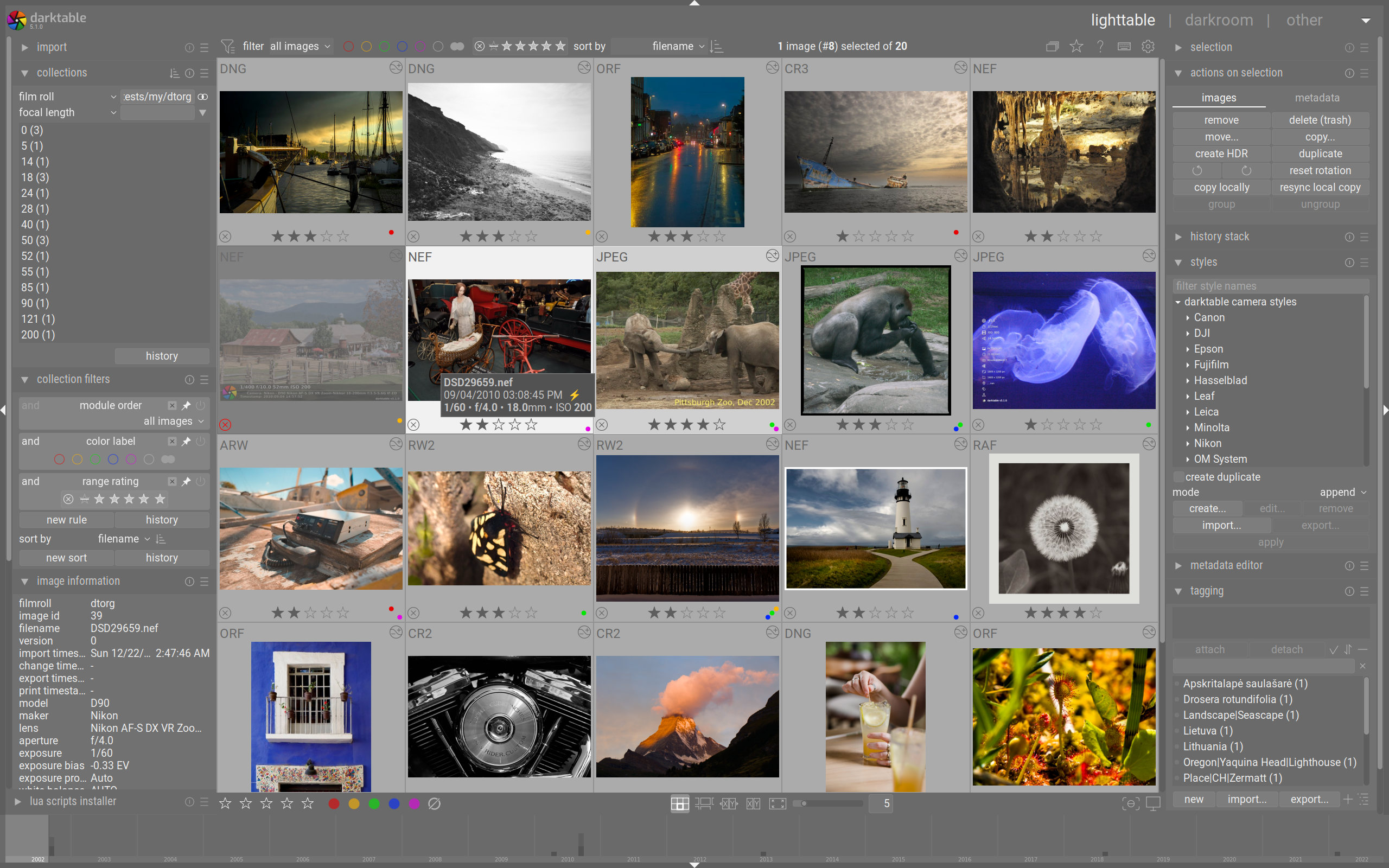
So, now that you know what a color space is, and you know what a look-up table looks like, we can get back to filters. Image via How Filters Were Made (Before Darkroom) RGB is represented as a cube, with each side ranging in value from 0 to 1.Īn unedited 3-D LUT. For those unfamiliar with the RGB colorspace, a quick two sentence explanation goes something like this: Color Spaces can be represented as 3-dimensional shapes that contain all colors. Without getting into too many details (Look up the terms for a deeper understanding, no pun intended), the basic premise behind how LUTs work is that a simple image is generated, covering every possible color in the RGB color space. Before we continue, I think an understanding of what a LUT is and how filters work will really help demystify them. Further, I knew that VSCO’s filters (And all the other filter apps, for that matter), simply operated on the premise of LUTs (Look-Up Tables). I knew there was no technical reason why such a constraint and ineffeciency was necessary. Putting aside the amount of work involved in identifying which of the photos I wanted to edit in the first place and how much work it took to import them, anyone familiar with VSCO understands the pain of how much work it is to edit multiple photos. It was too warm, and it crushed my highlights. It was by far my favorite because of what it did to yellows/greens/blues, but it had some quirks I didn’t care for. What I quickly realized when I was going through that routine two years ago, was how repetitive the process was.

Anyone passionate about photography is familiar with the feeling: You go on a trip, you take heaps of photos every day, then at some point you go through them, either piecemeal or all at once, and you try to identify which you want to edit and what you want them to look like, then you get to work.


 0 kommentar(er)
0 kommentar(er)
